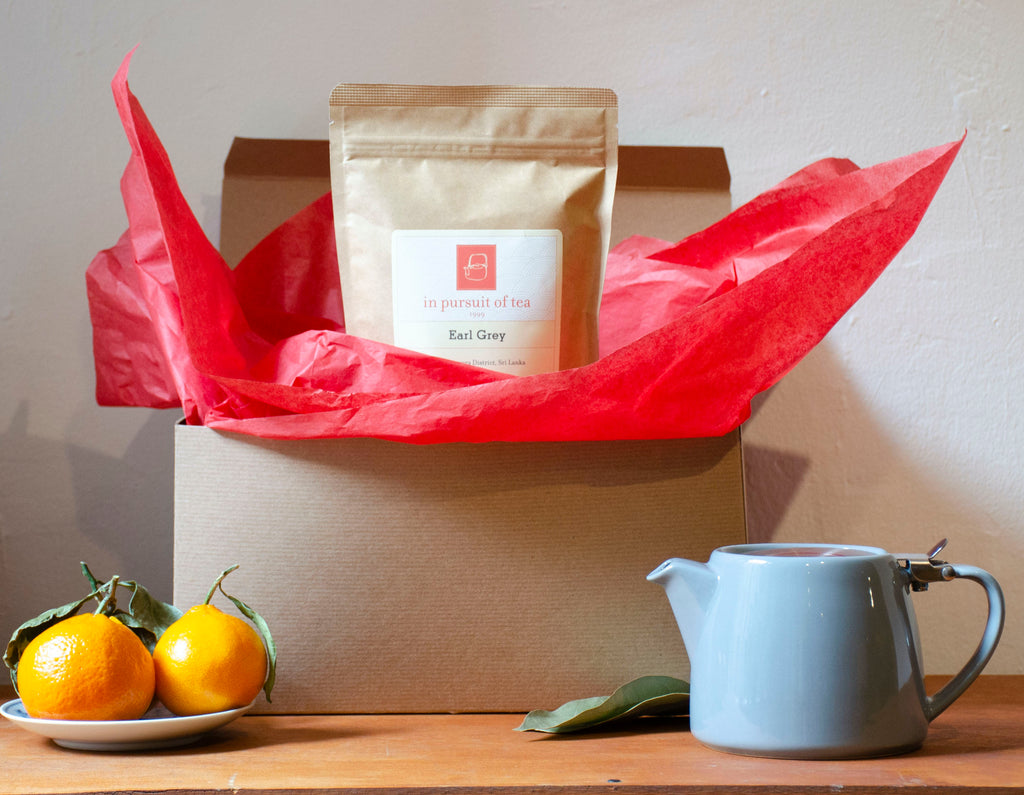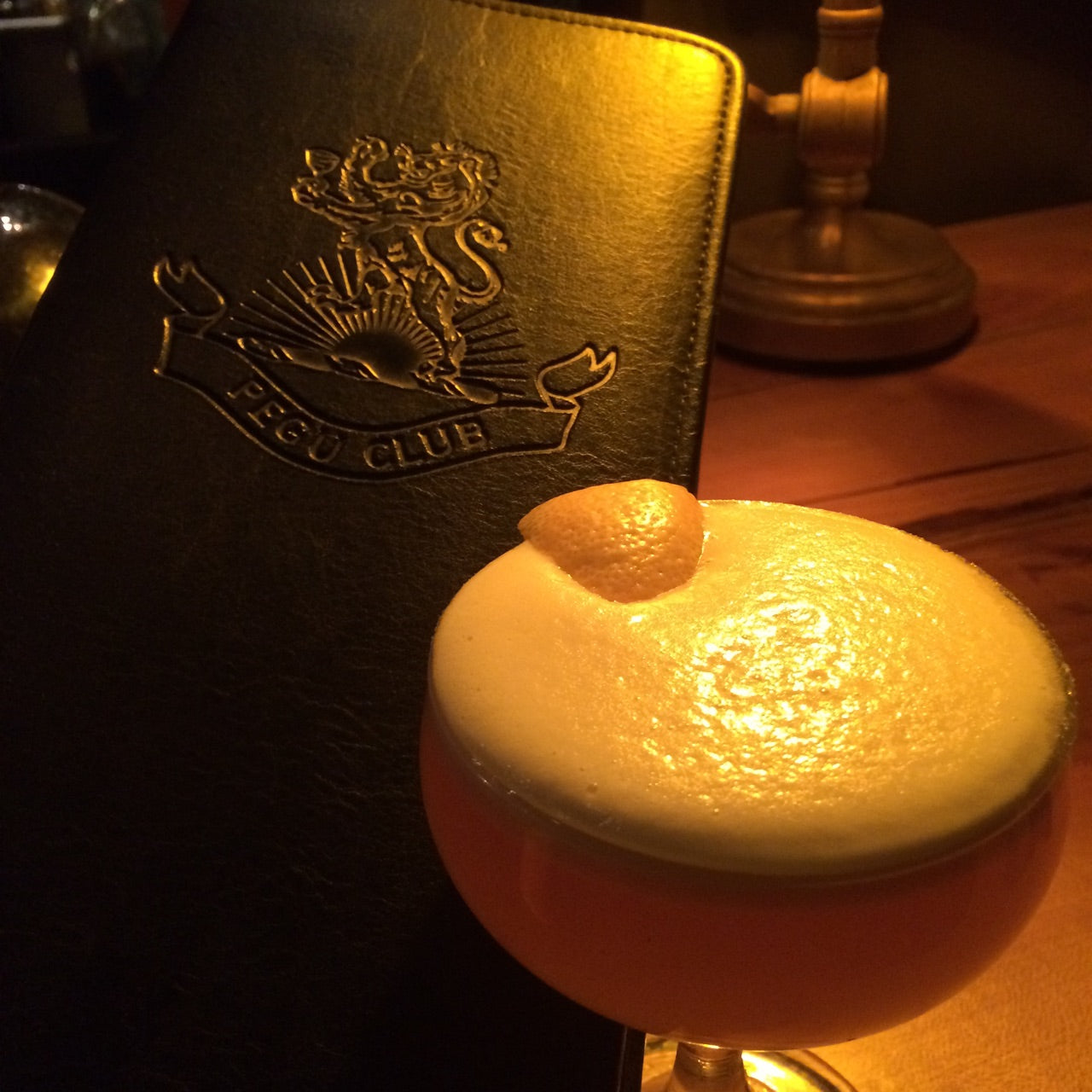Everything You Ever Wanted to Know About Earl Grey Tea

With its beguiling citrus and floral aroma, Earl Grey has been a favorite of teatime since its invention in the early 1800s. So what is it, exactly, and who is the nobleman attached to its name? Like many stories about tea, the truth is muddier and more complicated than the prevailing history would suggest.
The history of Earl Grey tea
The "Earl" in Earl Grey is indeed an aristocratic title: The tea was named in honor of Charles Grey, who was the prime minister of the United Kingdom from 1830 to 1834. Tea aside, Grey may be best known for his involvement in the Abolition of Slavery Act of 1833, which made the ownership, sale, and purchase of enslaved people illegal through the British Empire—though notably, the British East India Company and the territories under its control were exempted from this law.
How Grey became associated with a bergamot-flavored black tea, however, remains a mystery. There are the usual legends: one apocryphal story involves Grey saving the life of a Chinese mandarin during a diplomatic mission; another suggests the tea was created by accident when a shipment of citrus wound up scenting a nearby crate of tea during an ocean voyage.

The original tea used for Earl Grey was likely the Chinese black tea qimen, also known as keemun. But the bergamot orange, whose essential oils give Earl Grey its distinctive flavor and aroma, wasn't grown in China at the time, and to this day is largely absent from Chinese gastronomy.
During the 19th century, adding scents and flavorings to Chinese tea was a common tactic of merchants looking to spruce up mediocre or spoiled tea leaves. It's entirely possible the famed Earl Grey was invented by a clever merchant in London with an eye for marketing.
No matter its origin, aligning a proprietary product with a famous politician has always been good business, and Earl Grey has stood the test of time as one of the true traditional flavored teas for nearly 200 years.
How we make our Earl Grey
From the beginning, In Pursuit of Tea was committed to sourcing unblended, unflavored teas directly from single gardens. That remains the core mission, but customer demand was clear, so in 2000 we started to offer one flavored tea—Earl Grey—and one scented tea—Jasmine Pearls, in which the green tea leaves are painstakingly layered with fresh jasmine blossoms to absorb their aroma.
Originally, we were making our Earl Grey à la carte. At the beginning of the workday, an IPOT staffer tallied the previous day's orders, gathered an appropriate amount of black tea for the base, and began tossing it in a big mixing bowl with pure bergamot oil until our office smelled like a perfume factory. (You can see a snapshot of this mixing below!) The black tea varied; we experimented with lots from Sri Lanka, China, and India, largely by what was on hand.

As the company grew and matured, production turned a bit more scientific for consistency. We're proud of our few blended offerings—that is, those looseleaf teas and infusions mixed with spices or herbs in precise ratios for our chai and herbal blends—but scenting and flavoring tea is a skill all its own. So is sourcing top-quality bergamot essential oil from growers in Calabria, Italy. Lower grade oils may be cut with other citrus essential oils or adulterated with synthetic flavorings, and just as with tea, securing the good stuff requires carefully cultivated relationships.
For the last seven years we've partnered with a domestic company that specializes in natural flavorings like bergamot oil. We send them organic black tea from a single harvest from farmers in Assam, which they combine with cold-pressed organic bergamot oil. Then comes the hard part: weekly cupping sessions to ensure consistency and quality. We're constantly tasting and tweaking the exact percentage of bergamot for each batch.
How to brew Earl Grey tea
As a flavored tea, Earl Grey is best steeped in a large pot, so the aromatic oils can be fully expressed. We recommend using water at a boil to bring out the robust Assam base, and four to five grams of leaf—a rounded teaspoon or two—for around 16 ounces of water. Steep for at least three minutes, and save the leaves for another round. The bergamot flavor won't be as pronounced in the second brew, but the tea still has much to offer.
Earl Grey can be enjoyed plain (our favorite way), but with the deep flavor of Assam, this tea also works well with milk. It also makes a fantastic London Fog, which is a latte made with Earl Grey, steamed milk, and vanilla syrup.
Or put Earl Grey to work in the kitchen and behind the bar: Grind ¼ cup of leaves into a fine powder, then add them to shortbread dough in place of ¼ cup of flour. Try infusing a few tablespoons of the tea in heavy cream overnight in the refrigerator, and use the strained flavored cream the next day to make truffles, ganache, or ice cream.

Our friend Audrey Saunders, a cocktail industry luminary and the co-founder of the legendary Pegu Club bar in New York, used Earl Grey in one of the tastiest tea cocktails we've ever had. We were happy to help in the development of this drink by providing the tea and lending our thoughts while she tweaked the recipe.
She steeps four tablespoons of Earl Grey in a liter bottle of Tanquerary gin for two hours, then uses the infused liquor to make an Earl Grey Marteani with lemon juice, simple syrup, and an egg white. You can find the full recipe in Sebastian's A Little Tea Book, and once you try it, you'll be sure to keep a bottle of Earl Grey gin on hand for cocktail hour.
Taste our Earl Grey tea looseleaf and in teabags.
Portrait of Charles Grey via Wikipedia.
